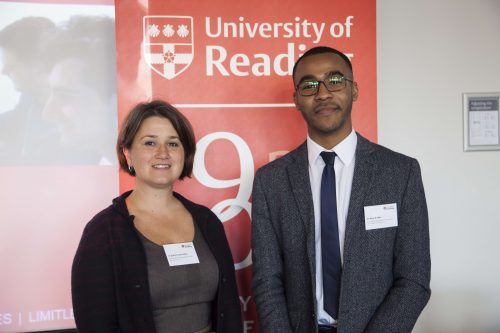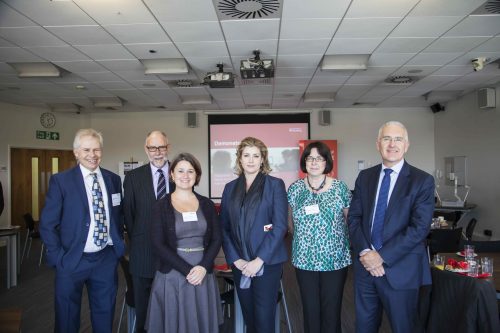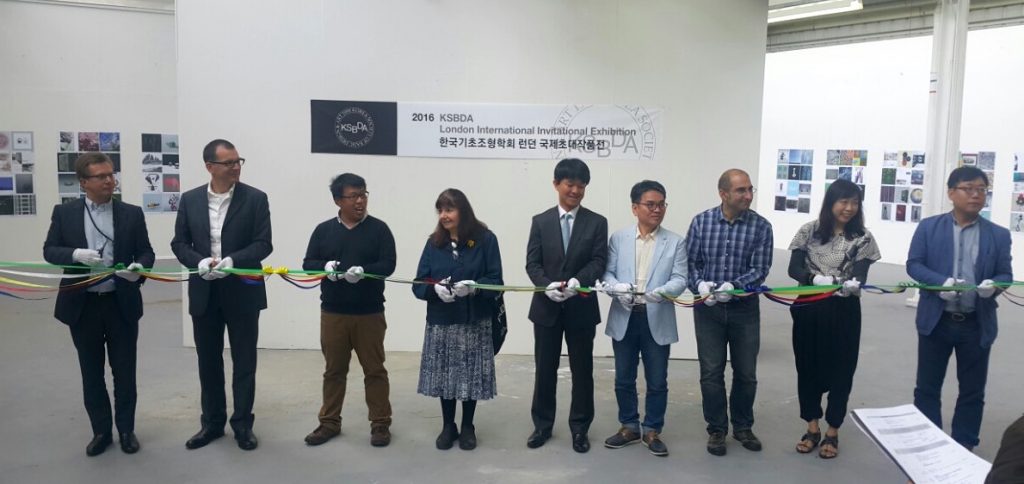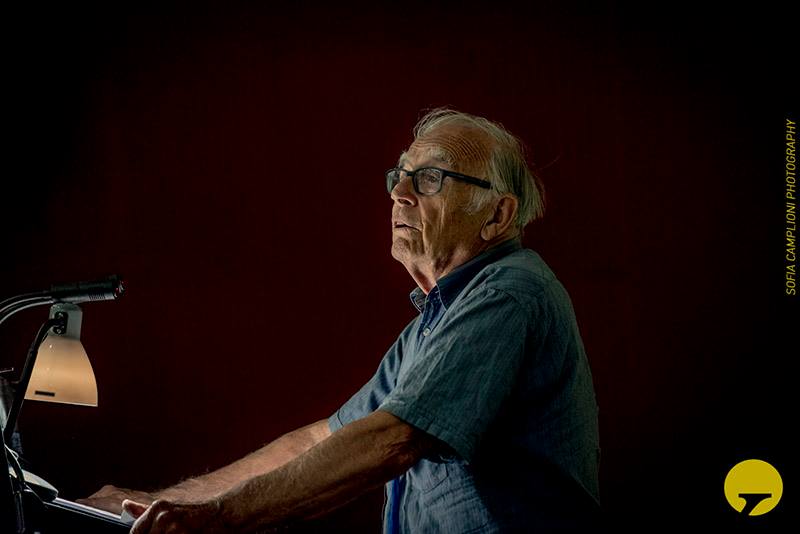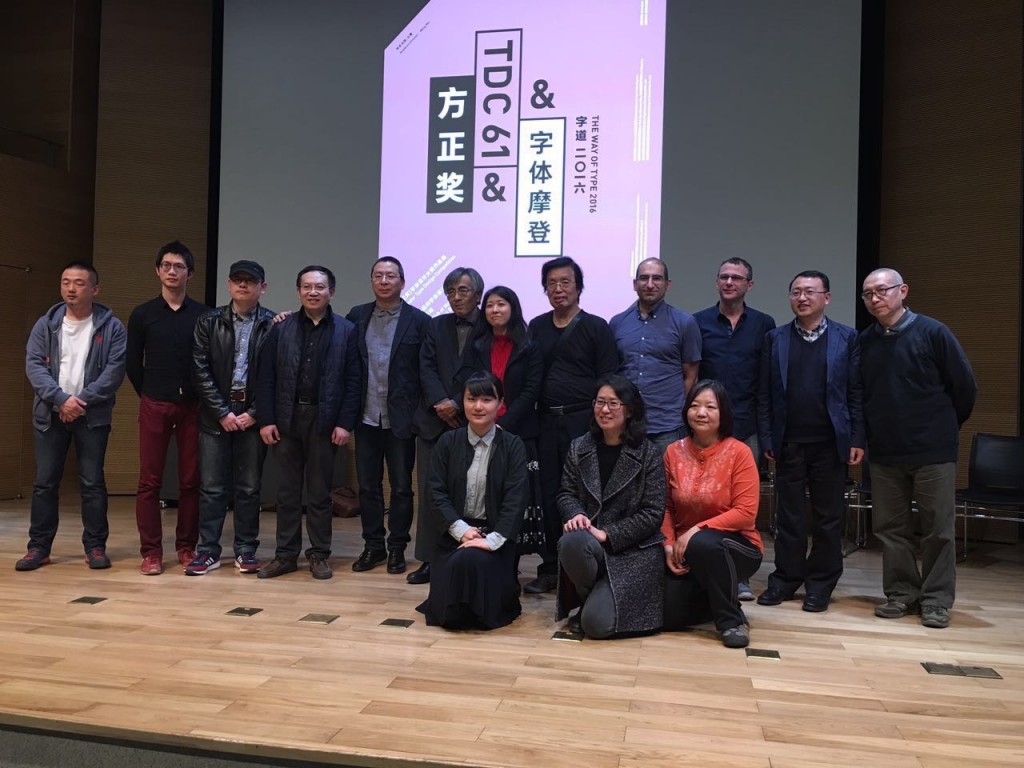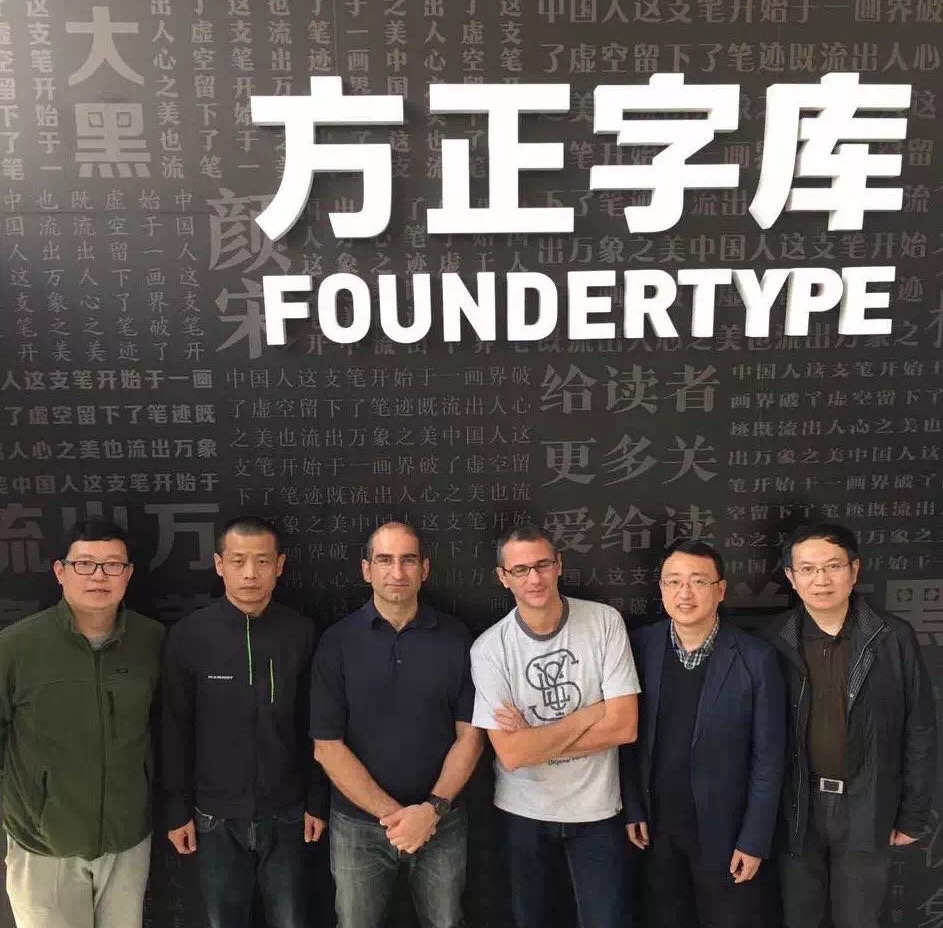In the second in a series of posts about artefacts in the exhibition ‘Material histories’ (now on in the Department), Sue Walker tells the story of ‘crossed letters’.

Crossed letters
‘Crossing’ a letter was a widely-adopted letter-writing practice. The aim was to save paper and postal charges when – before the introduction of the Penny Post in 1840 – the cost of sending a letter was determined by the number of pages it contained and the distance it was sent. After 1840, letters with more than one sheet of paper could be sent cheaply throughout Britain. By the end of the nineteenth century letter-writing manuals and etiquette books cautioned against crossing, as the following quotations confirm:
‘Another practice of the past, now happily discontinued, was that of crossing letters; and two sheets of paper are used if one sheet will not contain all that is to be said. If half the second sheet of paper is left blank it is not torn off, a whole sheet being more convenient to hold and to fold than is half a sheet of paper, and if the last few words are necessary for the completion of a letter they are written on the margin and not across the writing on the face of the pages.’ (The correct guide to letter writing, by a member of the aristocracy, 1892)
‘Another almost entirely feminine fault is that of ‘crossing’ a letter. As one of the first requisites of a letter is that it should be distinctly written there cannot possibly be any valid excuse for “crossing”.’ (E. M. Busbridge, Letter writing and etiquette, 1909)
Some examples of crossing suggest that people did so to avoid starting a second sheet of paper, as they contain just a few lines written at 90 degrees to the rest. Crossing is also found in letters of a personal or intimate nature, as indicated by salutations such as ‘My own true Ernest’, ‘My dearest Ernest’ and ‘My very dear Ernest’ (see row of three letters, at lower right). Both sides of a sheet fully crossed suggest that in certain instances crossing was a deliberate ploy to disguise the messages within. Some crossed letters, especially those with generous space between the lines, are relatively easy to read. Others are more challenging, though one can imagine the unfolding delight of the recipient as they slowly deciphered a densely crossed text.
The crossed letters shown here are from a collection of family letters given to me by Vivian Wright, a librarian and friend of the Department. The collection is remarkable in its breadth, containing letters sent and received by children in the late nineteenth century, love letters, letters sent and received during the First World War, and day-to-day correspondence from the late nineteenth century to the 1960s.
On display
Crossed letters, 1880s–1910s
Etiquette books: The correct guide to letter writing, by a member of the aristocracy (published in many editions, usually undated; on display are editions from 1892 and the early 20th century); E. M. Busbridge, Letter writing and etiquette, 1909
‘Material histories’ presents graphic communication artefacts with a story to tell. The stories – the material histories – describe the artefacts in particular: what they are about, where they came from, their material qualities, their circumstances of production, how they were acquired, and crucially how they link to other artefacts, narratives and representations.
The exhibition continues until 11 November.



